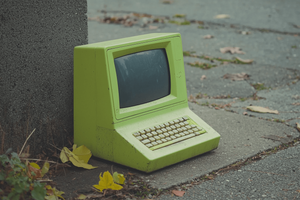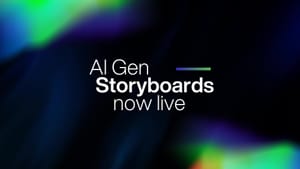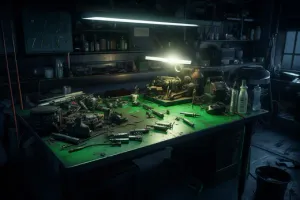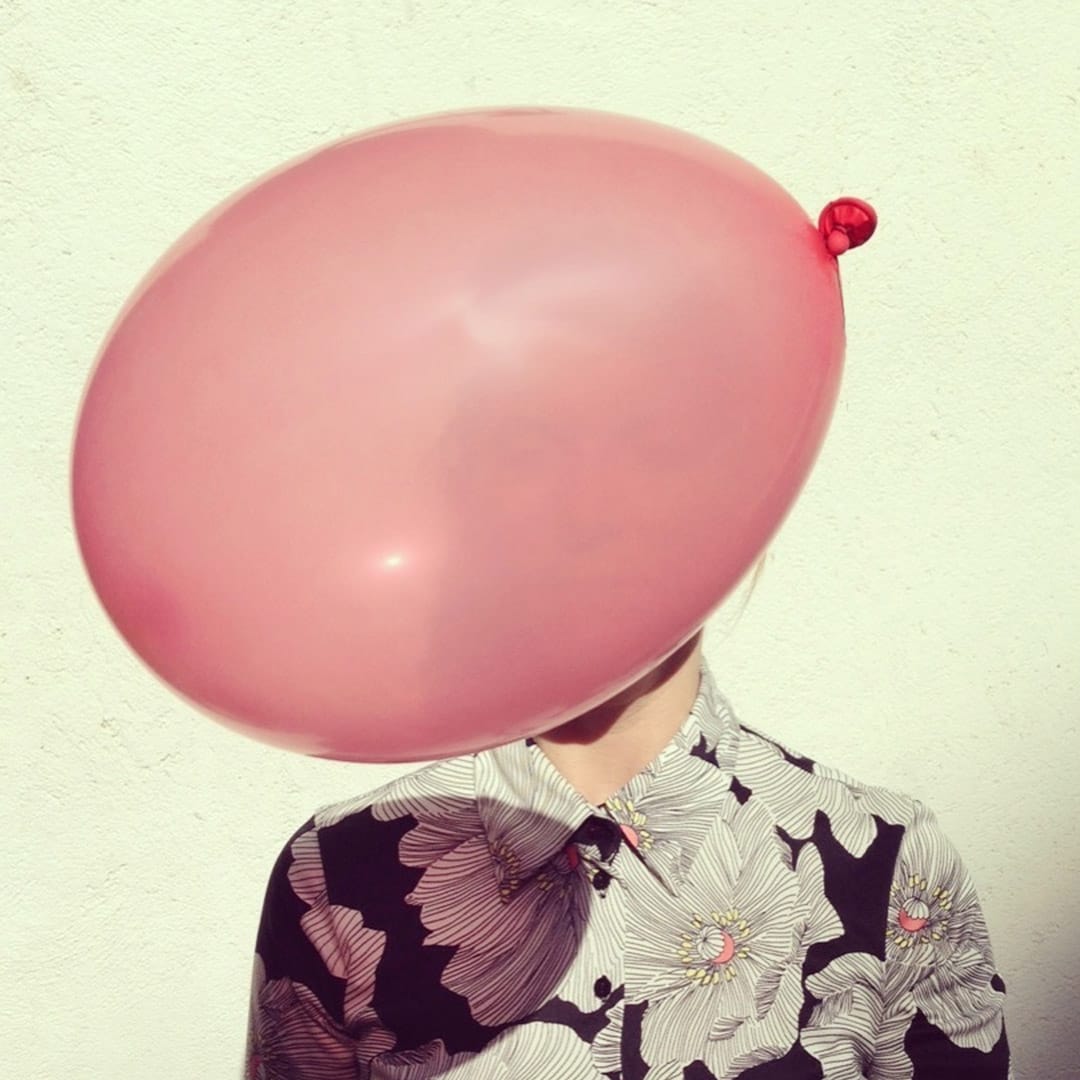
Isabelita Virtual is a creative director, visual artist and AI visionary who has worked with everyone from Hermes and Versace to Apple and NASA. A legitimate pioneer of the intersection between AI and creative expression (just check out her Master’s program, Generative AI for Creatives), Isabel’s work explores the ways technology reflects and alters our language, memory and understanding of who gets to speak.
What kickstarted your interest in the intersection between technology and art?
As a child, technology actually scared me. It felt like something you had to be “good at science” for, or have technical skills I didn’t think I had. My brother, at the age of nine, could build complex electric circuits intuitively — that fascinated me, but it also made me feel like tech belonged to a different kind of mind. Today, that’s completely changed. You can use technology in a conceptual way, as a medium. Large language models are probably the clearest evidence: programming used to be a language for a select few, and now technology literally speaks like us. That changes everything.
It was probably Instagram — in a very rudimentary way — that first made me think seriously about co-creating with a tool. It showed me that tech could be a partner in creativity, not just a machine to master. I’ve since worked at Meta and now collaborate with OpenAI, thanks to Bailey Richardson, the head of community — someone who truly cares about people not as “users” but as part of a collective creative power. I trust her and her vision completely.
Soledad a multi award winning film by Isabelita Virtual created for Sora as part of their artist program Sora Selects
What gets you excited in regard to new tech? What piques your interest and makes you go, ‘I can do something interesting here’?
I get excited when a technology still has rough edges, when it’s not polished. Those edges are an invitation to experiment. If a tool produces something unexpected, or even fails, it makes me think: what if I lean into that flaw? I'm directing an on-line master in Gen AI for Creatives at Labasad and I'm amazed by the level of knowledge of the teachers but especially by how they challenge AI for building their own universes. If your readers are curious about how to be creative using AI I highly recommend checking out the program. Also, if they just want to become a pro at using a tool, just use the tool, since the master program isn’t about how to use a tool but your mind.
You’ve been a Creative Director for 12 years — are you finding brands more receptive to conceptual and groundbreaking work in the AI age?
Yes, though it’s a nuanced “yes”. Many brands are curious, but curiosity doesn’t always mean courage. What has changed is the speed: AI allows me to prototype and visualise ideas in hours instead of weeks, which helps brands understand more conceptual proposals.
I’ve been lucky to collaborate with brands like the luxury label Cape de Cœur or Versace, where there’s openness to storytelling beyond the safe and expected. But across the industry, there’s still a tendency to treat AI as a shiny add-on rather than something integral to the concept — that’s the real frontier.
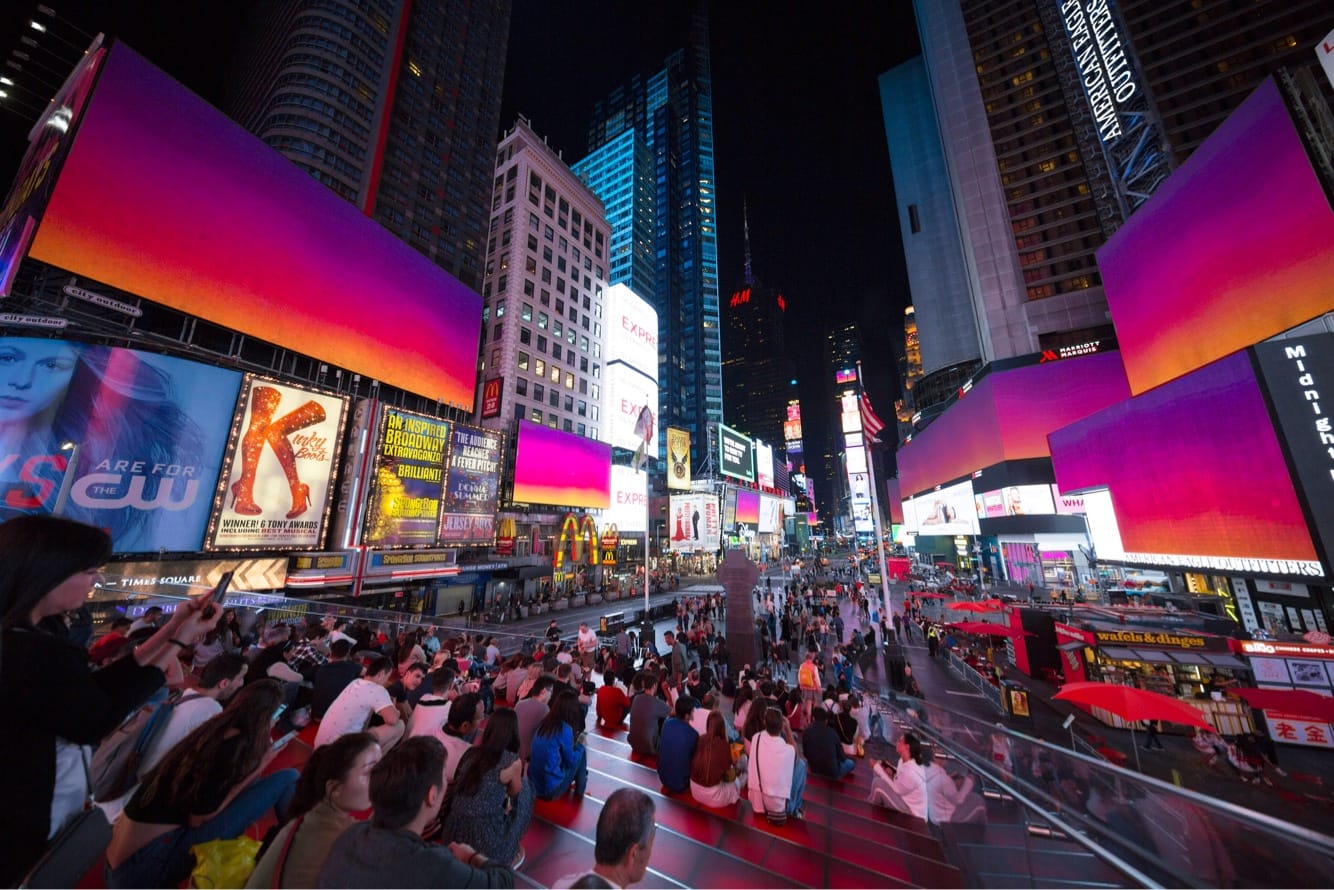
You described your work Midnight Sunrise as beckoning viewers toward ‘moments of pause, reflection, and genuine human connection’ — things that digitisation and AI are often accused of taking from us. How can we leverage these technologies for a more human future?
I recently read a simple but telling anecdote from Joaquin Cuenca, the founder of Freepik. His son asked him for a specific cereal. At the supermarket, it was sold out, so he used AI to create a quick video of little creatures stealing the last pack. It’s a tiny thing, but it shows a mindset: using AI playfully, to create a personal moment of joy.
At the same time, we have to recognise the contradictions. In the AI world, some companies exploit remote workers, paying them very little to train their models. That’s not a “feature” of AI — it’s a bug in the social system. To build a more human future, we have to bring ethics and empathy into how we deploy these technologies, not just what we make with them.
Azkadia (The vigil) A collab with @eyeofthegiant.
A work like Azkadiar explores the way our language shapes our cultural memories. How is AI going to shape the way we collectively talk and remember?
AI can revive forgotten languages, remix cultural memory, or even create entirely new ones. In Azkadiar, I merged Basque phonetics with an invented language to imagine a society where everyone knows the day they will die from birth. In that world, language becomes part of a new narrative and a concept itself.
As AI enters our daily communication, it will influence not only the content of our collective memory, but also its form — the metaphors we use, the cadence of our speech, the kinds of stories we preserve.
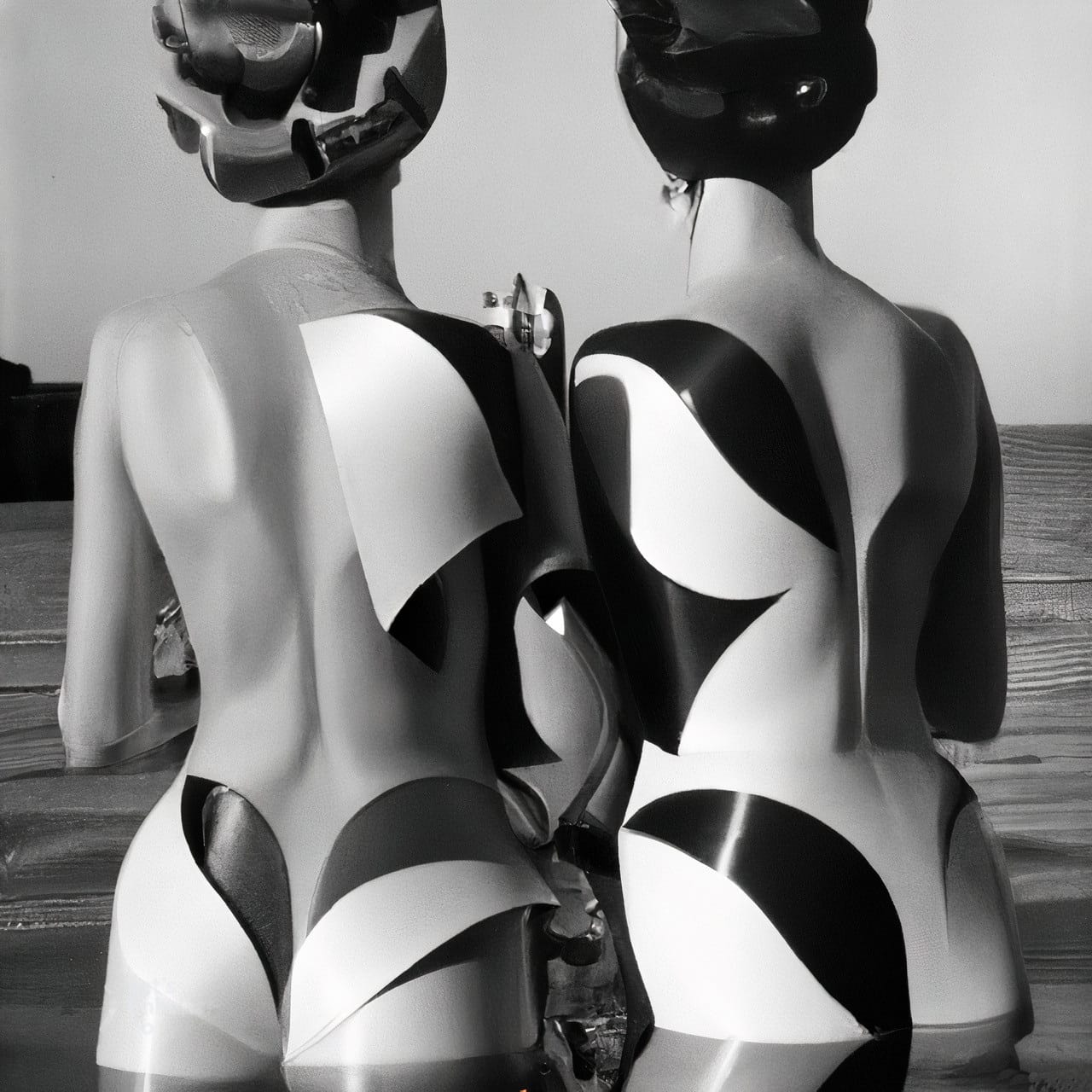
Your work often features women reimagined in new contexts, giving voice to ‘invisible’ women and showcasing female resilience. Do you think AI offers opportunities for new avenues of female storytelling?
AI is there for everybody. I don’t think of myself primarily as “a woman artist,” but as a person with a set of personal experiences — some of them tied to my gender, others completely universal. Every person has a story, and the real power of AI is that it can give you new ways to tell it, to connect with others, and to express yourself beyond the limitations of the archive. For women, it’s an opportunity to reclaim space in histories and images where we were absent, and to imagine futures where we are central.
What are your favourite tools at the moment?
Right now, Sora fascinates me for its cinematic potential and how well the model understands multi-layers in prompts. Some models are good in representation but fail when you add a more personal and unique vision, in my opinion Sora is between proprietary models, the best for this; Midjourney is still unmatched for building dreamlike worlds. And for developing concepts I use Claude, it's impressive and incredibly good at reasoning.
Obviously the use of AI in the creative industries remains controversial. What do you think people misunderstand about AI and the creative process?
Many people imagine AI as a magic button that outputs finished art. In reality, AI is just raw material — clay, not the sculpture. The artistry lies in the decisions: what to feed it, what to reject, how to refine it, and the vision you bring to it. The creative process with AI is still deeply human, because the tool can’t care about meaning, context and emotion, but we can.
Isabelita Virtual is currently teaching an online Masters in Generative Artificial Intelligence for Creatives at Labasad Barcelona School of Art and Design. You can also see more of her work at isabelitavirtual or on her website.

